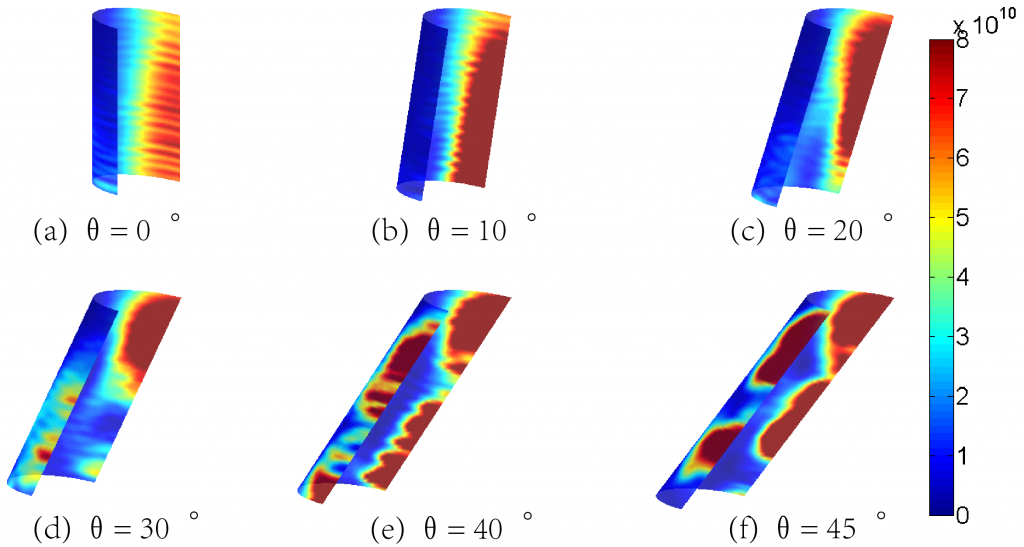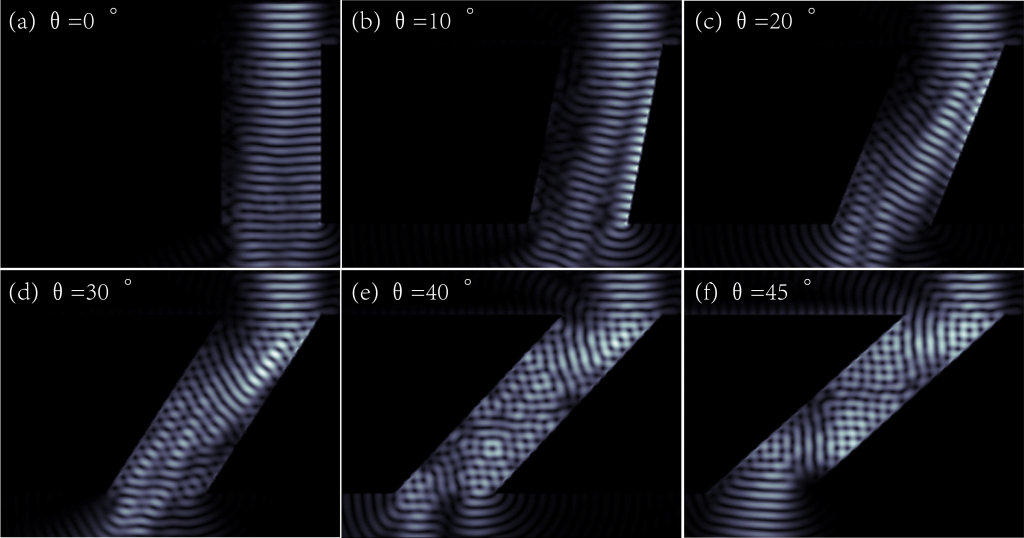Research Highlights : Full-scale electromagnetic simulations were performed for large-scale laser material interaction problems
Abstract : Accurate predictions of laser beam absorptance and how laser beam energy is distributed on a keyhole surface are arguably the most important but challenging tasks in the study of laser keyhole welding. In this article, laser interaction with fully penetrated keyholes has been studied by solving the Maxwell equations for electrodynamics using the finite-difference time-domain method with the Drude model for metals. Based on Fabbro et al.’s experimental observations, the keyhole is simplified as a tilted cylinder, and we have extensively investigated laser absorption phenomena considering three materials (Fe, Sn, and Al), three beam polarizations (two linear and circular), two laser beam wavelengths (1.06 mm and 10.6 mm), and six keyhole tilting angles (0°, 10°, 20°, 30°, 40°, and 45°). To the best of the authors’ knowledge, this is the first electrodynamic simulation of a laser manufacturing process and reveals some interesting findings concerning laser beam absorption characteristics that can be only obtained by full electrodynamic simulations
Representative Thesis :
1. C. Deng and H. Ki*, Finite-difference time-domain simulation of laser beam absorption in fully penetrated keyholes, Journal of Applied Physics, vol 114, num 16, #164901, (2013.10)
2. C. Deng and H. Ki*, FDTD method for laser absorption in metals for large scale problems, Optics Express, vol 21, num 21, pp. 25467-25479, (2013.10)

